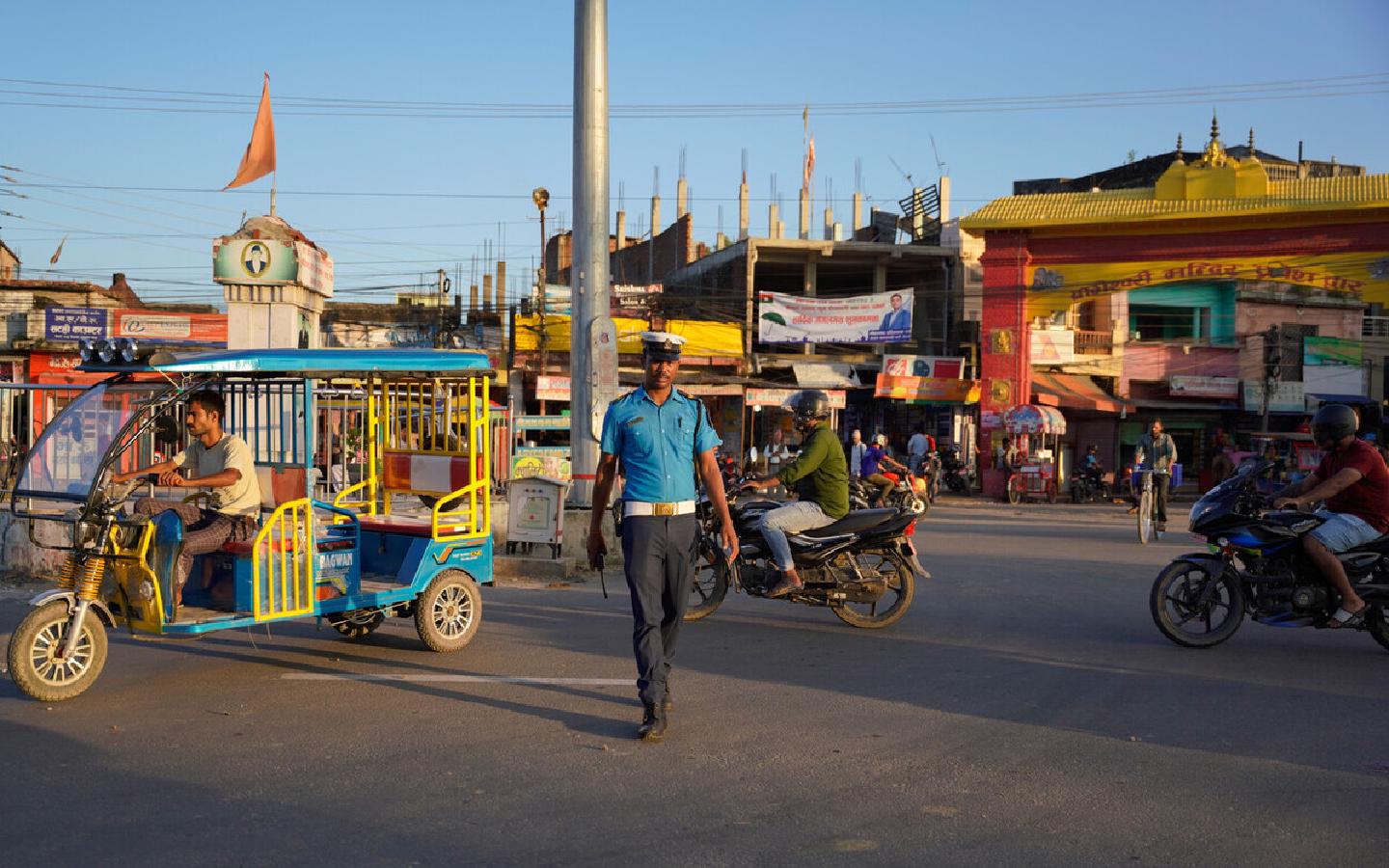More and better jobs help reduce poverty. In Rajasthan, a fast-developing state, smart urban planning in support of culture-focused tourism is seen as a way for its population to regain livelihoods lost due to the COVID-19 pandemic.
Urbanization Outpacing Urban Services
Rajasthan’s incredible culture and history—from its intricate dances to haunting folk music and awe-inspiring tourist spots—are world-renowned and attract droves of tourists to the state’s cultural heritage. It is India’s largest state, and it relies significantly on tourism to provide jobs and drive economic growth.
However, Rajasthan is no stranger to the common phenomenon of urban expansion outpacing basic infrastructure and essential services, worsened by the adverse effects of the coronavirus disease (COVID-19) pandemic. Pre-pandemic, industrial and tourism services occupied 25% of the state’s economy in Rajasthan. COVID-19 and its associated travel restrictions hit Rajasthan’s tourism and the overall state economy hard. Tourist arrivals dropped by 71%, causing millions of job losses and wiping out many micro, small, and medium-sized businesses in tourism value chains.
Revamping Rajasthan’s tourism sector and addressing unresolved urban challenges, such as inadequate urban infrastructure and services, can boost the state’s economic growth. With this in mind, the national and state governments introduced initiatives to stimulate tourism and create jobs for migrants and locals. ADB, the Republic of Korea, and Japan supported these initiatives through the Promoting Smart and Integrated Urban Planning for Livability and Cultural Economy project. The project brings various sectors and disciplines together to develop integrated urban solutions that make better use of local resources and assets.
Heritage-Sensitive Urban Planning
The technical assistance (TA) supports Rajasthan’s efforts to revive tourism while integrating its cultural riches into urban planning exercises. An initial situation analysis covering basic social and economic data was conducted in the project pilot towns of Bharatpur, Jodhpur, and Nawalgarh.
The city of Bharatpur is in eastern Rajasthan, which is known for the 18th-century Lohagarh Fort surrounded by a moat and the Keoladeo National Park, a UNESCO World Heritage Site, and a Ramsar site, one of the most important bird-watching areas in the world. The city of Jodhpur is in central-west Rajasthan and has a population of about 1.2 million. Known as the “Blue City” because of the predominant indigo color of its buildings, Jodhpur retains much of its medieval character. Nawalgarh is a heritage city famous for its fresco and havelis. It is considered the Golden City of Rajasthan. The historic cores of these cities suffer from traffic congestion and lack of basic infrastructure. The absence of proper control measures for using heritage assets, including buildings with historical and architectural value, threatens the cities’ rich heritage, including their historic markets and streetscapes. This scenario, to varying degrees, is replicated throughout the state.
The TA integrates heritage sensitivity into urban planning and programming for Bharatpur, Jodhpur, and Nawalgarh. This supports the state government’s efforts to capture the full value of Rajasthan’s cultural and historic assets. Information and communication technology–based interactive urban planning mapping tools, like geographic information systems and space-based technologies, are also being used. These smart planning platforms can show a wide range of sectoral information together, which helps decision-makers understand and address complex issues.
The TA also helps identify key priority intervention measures based on the dynamic information provided by the interactive planning tools. It is assisting the government in preparing detailed concept designs of selected priority investment measures for the pilot cities. Some of these measures were already included in ADB’s loan project, Rajasthan Secondary Towns Development Sector Project—Additional Financing.
Better Urban Management
The capacity of the state and urban local bodies in heritage-sensitive urban planning, development, and management is critical. The project provides a range of training interventions to representatives of the state government, urban local bodies, and other stakeholders of the pilot cities. Women staff and elected representatives are encouraged to participate to ensure inclusive and high-quality urban planning, development, and management.
“ADB is proud to partner with the Republic of Korea, Japan, and the government of Rajasthan to support the tourist sector with better urban planning that respects Rajasthan’s rich history and culture,” said Kim Na Won, the project officer to develop this technical assistance (TA) at ADB.
When the TA concludes in October 2024, tourism-related jobs in Rajasthan are envisaged to be restored and strengthened through better promotion and management of cultural assets and improved urban services supportive of the tourism industry.
"ADB is proud to partner with the Republic of Korea, Japan, and the government of Rajasthan to support the tourist sector with better urban planning that respects Rajasthan’s rich history and culture."
~ Kim Na Won, ADB head of Bangladesh operations
Share

